Which SUV Has the Most Cargo Space

Large SUVs can do a lot of things. They can seat seven, eight, or even nine passengers. Many can tow a small house. Some are designed to travel way off the beaten path. But sometimes it’s all about how much gear they can haul.
It’s true that minivans and full-size vans are the undisputed cargo champions of the automotive world. But large SUVs are more versatile, and let’s face it, more appealing to population at large. There’s a reason the Chevrolet Suburban can trace its roots back nearly 90 years – people love the monstrous Chevy.
SEE ALSO: 8 Seater SUV: Top 10 BestBut which SUVs can haul the most total cargo? With the middle and back row of seats of folded, what has the most cubic feet to fill? We perused the spec sheets of every manufacturer currently producing a large SUV and/or crossover and assembled the list below. We based the numbers off of each vehicle being required to leave space for two front seat occupants.
Surprisingly, a few vehicles we thought were shoe-ins didn’t make the cut. There’s no Range Rover, no Jeep Grand Wagoneer, and no Nissan Armada. So, what did make the list? Read on to find out.
10. Infiniti QX80: 95.1 cu ft
Although the Nissan Armada didn’t make the list, its luxury sibling just snuck in at the 10th spot. Where as Nissan‘s large body-on-frame SUV can carry 92.6 cubic feet of cargo, the more squared-off Infiniti QX80 can hold 95.1 cu ft. That just puts it ahead of a key competitor as well, the Jeep Grand Wagoneer. To ensure the QX80 can handle a full load, a 400 hp V8 resides under the hood.
9. Volkswagen Atlas: 96.8 cu ft
The term crossover refers to SUV-like vehicles that come from car-based unibody platforms. Crossovers are usually on the smaller end of the automotive spectrum, but there are a few, very large exceptions. Like the Volkswagen Atlas. Even if it technically competes in the mid-size three-row crossover segment, the Atlas is much closer to a full-size SUV. It’s even styled to resemble a big body-on-frame utility vehicle. And these dimensions add up to allow the large Volkswagen to haul 96.8 cubic feet of cargo.
8. Chevrolet Traverse / Buick Enclave: 97.4 – 98.2 cu ft
But the Atlas isn’t the most cavernous crossover currently on sale. That title goes to the General Motors siblings from Chevrolet and Buick. Starting with the Buick Enclave, this premium large crossover can accommodate 97.4 cu ft of gear. The more mainstream Chevrolet Traverse clocks in a bit larger, capable of handling 98.2 cubic feet of cargo. The third member of this family, the GMC Acadia, is built on a shorter wheelbase version of the crossover platform and doesn’t offer the same level of cargo capacity.
SEE ALSO: Top 10 Most Expensive SUVs7. Rivian R1S: 104+ cu ft
We now enter the 100 club. As in, the vehicles that can haul over 100 cubic feet of cargo. The Rivian R1S is unique on this list as it is the only all-electric vehicle to make the cut. Since it lacks an engine under the hood, it offers additional cargo room with a front trunk in its place. When added to the space behind the front row of seats, the total cargo capacity of the R1S is over 104 cu ft.
6. Ford Expedition / Lincoln Navigator: 103.3 – 104.6 cu ft
Ford, and the brand’s luxury division Lincoln, offer two body lengths of the company’s large body-on-frame SUVs. The regular length Lincoln Navigator comes in just a bit under the Rivian R1s measurement, with an official cargo capacity of 103.3 cu ft. The regular length Ford Expedition is a bit bigger though and can take 104.6 cu ft of stuff behind the front seats.
5. Jeep Wagoneer: 116.7 cu ft
Jeep‘s new premium Wagoneer offerings are a bit confusing. The Wagoneer and Grand Wagoneer are the same size in length, yet there is a huge difference when it comes to cargo capacity. The more luxurious Grand Wagoneer can hold 94.2 cu ft and doesn’t make it on our top 10 list. But due to differences in trim and interior designs, the Wagoneer can hold an impressive 116.7 cu ft, which is an increase of 22.5 cubic feet.
4. Toyota Sequoia: 120.1 cu ft
We knew the Toyota Sequoia was big, but we forgot just how big it really is. Only Ford’s extended length full-size SUVs and the General Motors trio beat it in terms of cargo carrying capacity. With 120.1 cu ft of room inside, there isn’t much the Sequoia can’t haul. This is the last year of the current generation vehicle, but it’s safe to assume the all-new Sequoia will be capable of hauling an exorbitant amount of cargo as well.
SEE ALSO: Top 10 Cheapest SUVs3. Ford Expedition Max / Lincoln Navigator L: 120.2 – 121.5 cu ft
We saw these two cars earlier on the list, but here they are again in their extended wheelbase form. By adding some inches to the SUV’s overall length, cargo capacity significantly increases – up to 120.2 cubic feet for the Lincoln Navigator L and 121.5 cubic feet for the Ford Explorer MAX. Both SUVs are powered by Ford’s Ecoboost V6 engine that easily compares to the traditional V8 engines offered by most of their rivals.
2. Chevrolet Tahoe / GMC Yukon / Cadillac Escalade: 121.0 – 122.9 cu ft
Now this is a surprise. The regular wheelbase General Motors full-size SUVs actually have a larger cargo capacity compared to the extended length duo from Ford. The Cadillac Escalade actually falls in-between the Lincoln Navigator L and Ford Expedition MAX with 121.0 cubic feet of cargo, but the Chevrolet Tahoe and GMC Yukon twins beat them both, registering with 122.9 cubic feet of capacity.
1. Chevrolet Suburban / GMC Yukon XL / Cadillac Escalade ESV: 142.8 – 144.7 cu ft
Since the regular wheelbase GM SUVs grabbed the second spot on this list, it’s no surprise that the extended length trio of these body-on-frame monsters claim the top spot. The Escalade ESV can swallow upwards of 142.8 cubic feet while the Chevrolet Suburban and GMC Yukon XL can take on 144.7 cubic feet of gear. If needing maximum capacity for all your belongings in a 4X4 SUV is a must, the Suburban is still hard to beat.
Become an AutoGuide insider. Get the latest from the automotive world first by subscribing to our newsletter here.

A 20+ year industry veteran, Mike rejoins the AutoGuide team as the Managing Editor. He started his career at a young age working at dealerships, car rentals, and used car advertisers. He then found his true passion, automotive writing. After contributing to multiple websites for several years, he spent the next six years working at the head office of an automotive OEM, before returning back to the field he loves. He is a member of the Automobile Journalists Association of Canada (AJAC), and Midwest Automotive Media Association (MAMA). He's the recipient of a feature writing of the year award and multiple video of the year awards.
More by Mike Schlee




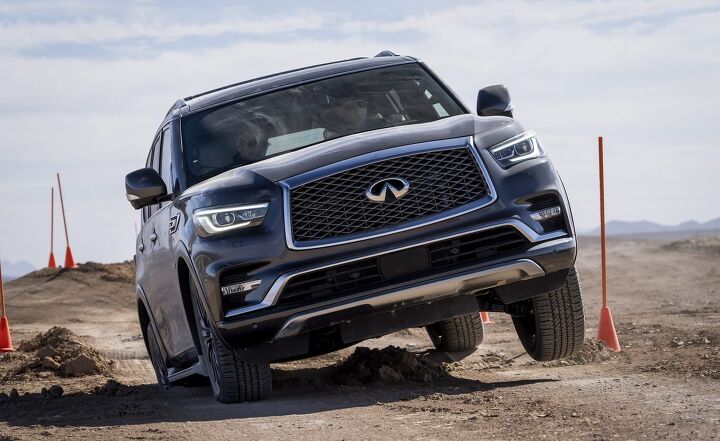

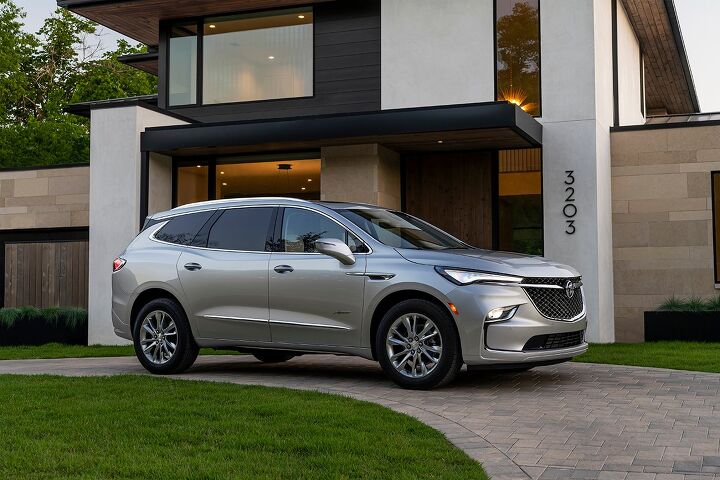
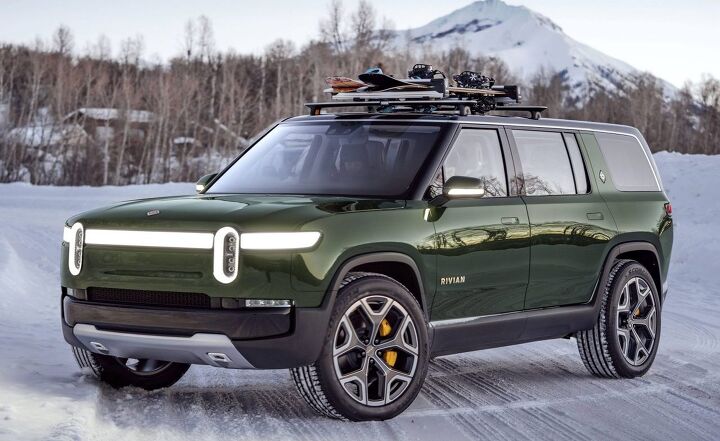


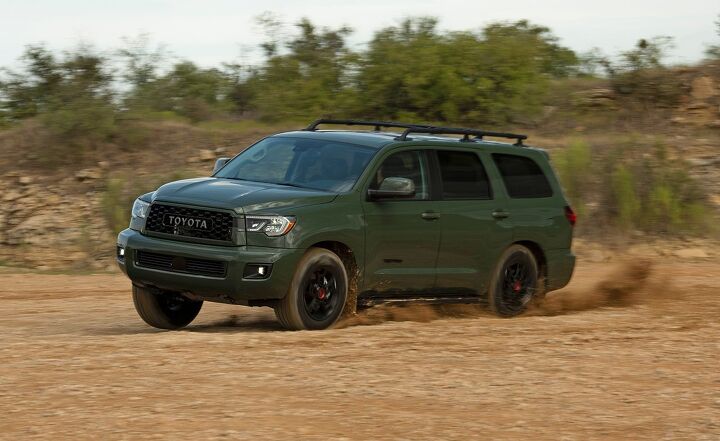
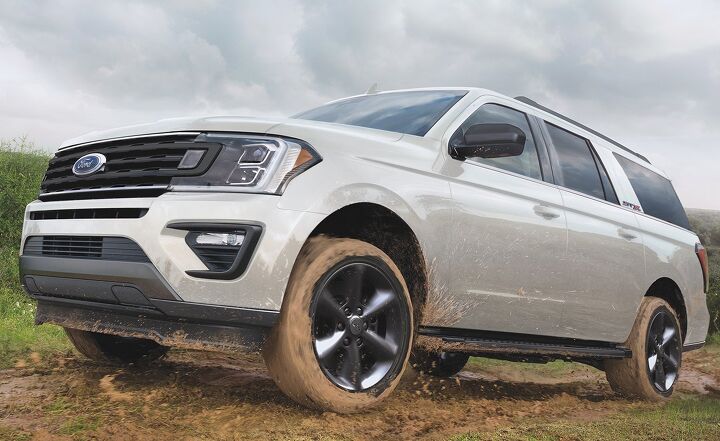

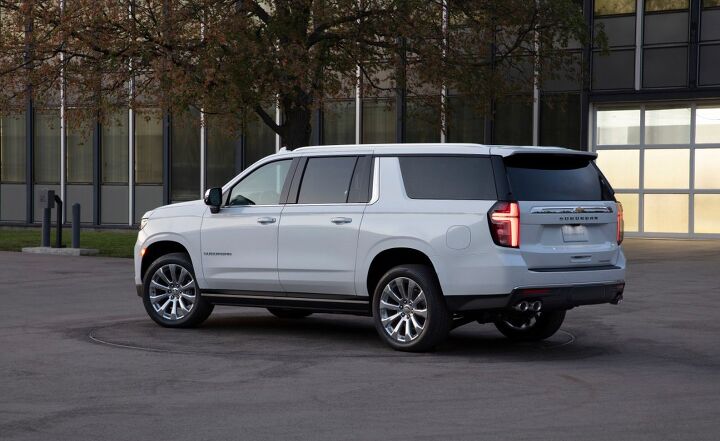













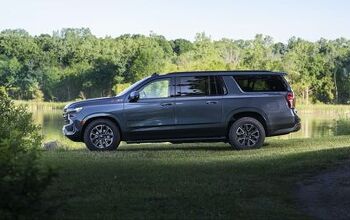
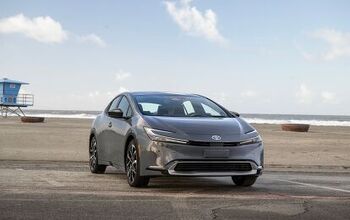


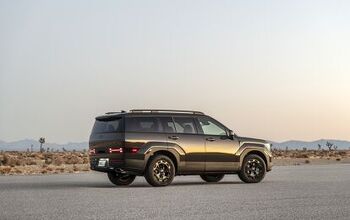





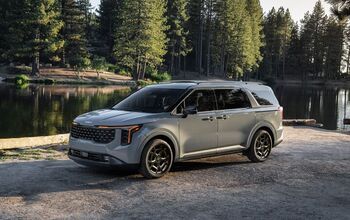




Comments
Join the conversation